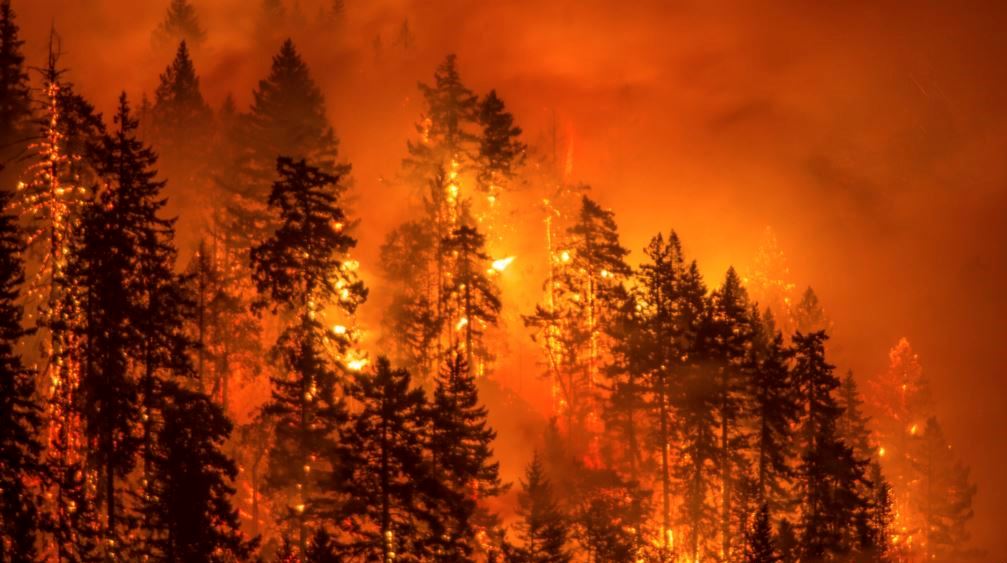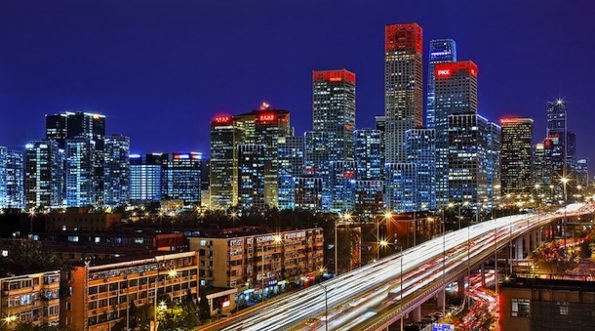
Several media outlets in the United States have run headlines in the last two days linking the outbreak of wildfires in Southern California to climate change. In yesterday’s Los Angeles Times the headline read, “Why is Southern California burning in December?” The Santa Ana winds which annually appear in the late fall and early winter are described as being much stronger than normal and UCLA climate scientist, Daniel Swain, believes he knows why. The answer is relative humidity which is down to single digits in the Greater Los Angeles area, the driest it has been since climate records were first taken.
How dry? Swain notes that coastal humidity is down to 1 to 2%. That’s drier than California’s interior deserts in the summertime. Imagine, drier than Death Valley? Just when Southern California had finally seen the end of a more than 10-year megadrought, it experienced heavy winter rains in late 2016 and early 2017. That encouraged new growth. But then summer and fall came along with record heat and dryness.
At the World Series played in the Dodger’s home park of Chavez Ravine, temperatures were in the mid-to-high 30s Celsius (in the mid to high 90s Fahrenheit), and that was at game time in the late afternoon and early evening. The heat baked the life out of all that new growth which when combined with the Santa Ana winds created ideal tinder conditions for wildfires. They are burning with ferocious intensity fed by Santa Ana wind gusts that at times approach hurricane strength. Fires are raging from the northern suburbs of Los Angeles to the city of San Diego. Containment without nature assisting with rain is next to impossible. So they may only run out of combustible material when they finally reach the Pacific coastline.
The Union of Concerned Scientists has chimed in on what is happening in California and in many other parts of the U.S. West where wildfires are increasing in frequency and duration since the mid-1980s. How much is the increase in wildfire outbreaks? They are happening four times more, are lasting five times longer, and burning six times more land area.
The scientists note that although human land use and behaviour can influence wildfire outbreaks, many affected areas are places where there isn’t much human activity going on. For example Yosemite National Park. As a result, the scientists are correlating the increase in frequency, duration, and extent is being linked to global warming. A warmer world will see fluctuations in precipitation to create the kind of extremes Southern California has experienced. Already drier than most areas of the United States, the conditions for severe wildfire outbreaks are ripe.
But of more concern are the forested areas of much of the western United States where the scientists’ climate models indicate wildfire seasons will grow from the current seven months of the year to become year round. Why are forests seen as more at risk? Because they have the fuel to burn, whereas, dried out grasslands, a common sight in much of the U.S. Southwest, provide little in the way of wildfire fodder and are generally good fire breaks.
In Southern California, the tragedy lies in the urban-forest interface with millions of homes built adjacent to dry forest and scrubland found in the canyons and valleys of the state. Whether from San Francisco Bay and Napa Valley in Northern California to San Diego, forests abutt homes and communities with barely a fire break between them.
To make matters worse, as the fires destroy forested areas, the barren hills become a potential threat of a different kind when it rains. With the soils so dry from low humidity conditions, and with the loss of vegetation including root systems to hold the soil in place, absorbing any rainfall is next to impossible. The result, flash floods, and mudslides.
The scientists believe that warming for the moment is unstoppable because of increasing carbon dioxide and other greenhouse gases we humans are pumping into the atmosphere. But they do believe, however, that through mitigation efforts, Californians can be spared in the future the unspeakable tragedies that are happening today.
What is needed is buffer zones between forests and homes. That means zoning laws in California cities have to consider wildfire risk and plan accordingly. And when these current wildfires finally stop their destructive drive to the ocean, people have to consider the risk of rebuilding where susceptibility is greatest.
First published at www.21stcentech.com



